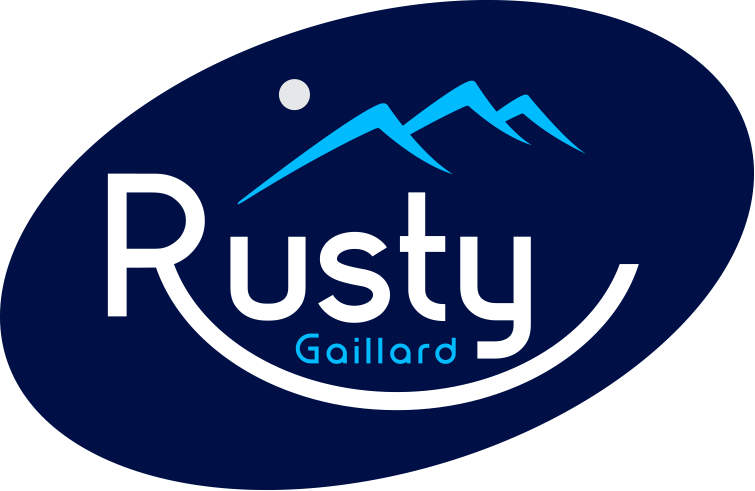4 Steps to Accomplish More by Doing Less
The relentless drive that propels many professionals to success can become their greatest limitation. For those who have built careers on diligence, perfectionism, and unwavering dedication, the idea of achieving more by doing less seems not just counterintuitive—it feels wrong. But holding that belief can hold you back.
The High Achiever's Paradox
Success in early career stages often comes from saying "yes" to everything, delivering flawless work, and being heavily involved in every detail. This approach works—until it doesn't. As responsibilities grow, continuing to operate this way leads to exhaustion, diminishing returns, and ultimately, career stagnation.
Many leaders find themselves trapped in a cycle: working longer hours, taking on more responsibilities, and becoming increasingly overwhelmed. The typical response? Double down on what brought success before: work harder, stay later, and sacrifice personal time to keep up.
The Cost of Constant Performance
This pattern extracts a heavy toll. Beyond the obvious impact on work-life balance, perpetual overwork affects:
Decision-making quality
Strategic thinking capacity
Team development
Innovation potential
Personal wellbeing
The real breakthrough comes from recognizing that working more isn't the answer—working differently is.
The CALM Framework: A New Approach to High Performance
Breaking free from the overwork cycle requires a systematic approach. The CALM framework offers a practical pathway to achieving more while doing less:
Clear Your Head
Success begins with mental clarity. High performers must learn to recognize when they're operating from a place of mental fatigue rather than effectiveness. Taking strategic breaks — a walk outside, brief exercise, or even simple household tasks — can lead to better decisions and insights than pushing through exhaustion.
Assess What's Important
Step back regularly to evaluate priorities through a strategic lens. Focus on identifying work that truly moves the needle rather than getting caught in the weeds of every project. This means ruthlessly distinguishing between high-impact activities and busy work.
Leverage Your Team
Effective delegation isn't just about distributing tasks—it's about truly empowering others to own outcomes. This requires letting go of the need to be involved in every detail and trusting team members to deliver results their way.
Manage Your Time
Implement strict boundaries around time and attention. Time blocking can be a powerful tool to advance your priorities, if you have the courage to protect focused work time when other demands arise.
Breaking Through the Mental Barriers
The greatest challenge in implementing this approach isn't skillset, it’s mindset. High achievers often struggle with:
Fear that doing less will lead to decreased performance
Guilt about not being constantly productive
Discomfort with letting go of control
Identity attachment to being the hardest worker
The path forward requires embracing discomfort and challenging deeply held beliefs about success and productivity. It means recognizing that strategic disengagement isn't laziness—it's leadership.
The Counterintuitive Path to Greater Impact
Those who successfully make this transition often discover surprising results:
Improved decision-making quality
Greater strategic influence
Enhanced team performance
More sustainable career growth
Increased personal satisfaction
The key lies in shifting focus from quantity of effort to quality of impact. This means being selective about where to invest energy and having the courage to step back from activities that don't serve long-term objectives.
The goal isn't to do everything—it's to do the right things.
By embracing the CALM framework and challenging traditional notions of productivity, high achievers can break free from the overwork cycle and achieve unprecedented levels of success and fulfillment in their careers.



